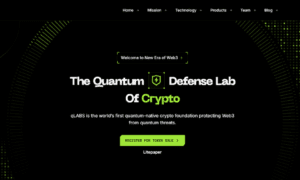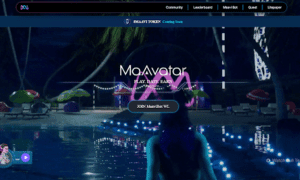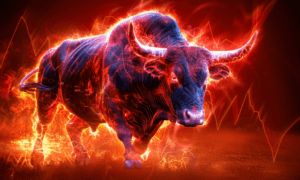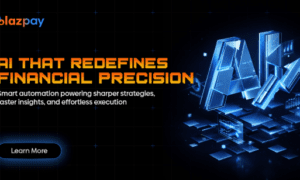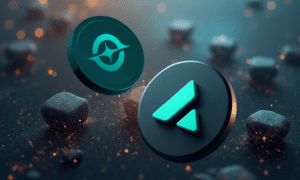What’s the secret to building a brand that sticks? It’s not just clever marketing or a flashy logo. It’s about making your brand memorable, and that’s exactly what custom mascots do. From animated characters to life-sized costumes at events, mascots give your brand a friendly, recognizable face.
In a sea of businesses trying to grab attention, a mascot can help you stand out, bringing your brand to life in a way that feels real and relatable. It’s a tool that works for brands big and small, offering a powerful way to connect with customers on a deeper level.
So, why are mascots so effective for marketing? Let’s break down how they can transform your brand strategy.
Creating a Powerful and Memorable Mascot
A well-designed mascot is more than just a cute character; it visually represents your brand’s values, personality, and target audience. To create a successful mascot, it’s essential to carefully consider the brand’s core identity and the message you want to communicate. The mascot should be visually appealing and align with your brand’s overall aesthetic to ensure consistency across all marketing channels.
Moreover, a mascot must be adaptable to different formats, whether for print, digital, or even three-dimensional use at events. This flexibility ensures that your mascot can effectively engage audiences across multiple platforms. When done right, a custom mascot can humanize your brand, making it more relatable, approachable, and memorable. It creates strong emotional connections, helping build long-lasting consumer relationships.
Key Benefits of a Custom Mascot
Brand Recognition: A unique and memorable mascot can help a brand stand out from the competition. When people see the mascot, they immediately associate it with the brand, increasing brand awareness and recall. For instance, the iconic McDonald’s golden arches and the friendly Ronald McDonald have become synonymous with the fast-food chain, making it instantly recognizable worldwide.
Customer Engagement: Mascots can be used to create interactive experiences at events, trade shows, and community gatherings. This engagement can lead to increased customer loyalty and positive word-of-mouth. For example, the mascot of a children’s hospital can visit patients, providing comfort and entertainment, which can help to alleviate stress and anxiety.
Emotional Connection: A well-designed mascot can evoke positive emotions and create a lasting impression. This emotional connection can help build trust and loyalty among consumers. The Pillsbury Doughboy, for example, is known for his friendly and playful demeanor, which has endeared him to millions of people.
Marketing Versatility: Mascots can be used in various marketing channels, including social media, advertising, merchandise, and in-store promotions. This versatility allows brands to reach a wider audience and reinforce their message. For instance, a mascot can be featured in TV commercials, on social media platforms, and in print advertisements, helping to increase brand visibility and recall.
Using the Power of Custom Mascot Costumes
Custom mascot costumes are essential to bring a mascot to life and maximize its impact. A high-quality costume will ensure the mascot looks professional and engaging. When selecting a costume designer, it’s important to choose a company with experience creating custom mascots that are durable, comfortable, and visually appealing.
Well-designed Custom Mascot Costumes can significantly affect how the public will perceive the public. A high-quality costume will ensure that the mascot looks professional, engaging, and consistent with the brand’s identity. When investing in a mascot, it’s essential to consider the importance of a well-crafted costume. Customized mascot costumes can be tailored to a brand’s specific needs, ensuring the mascot looks its best and effectively represents the company’s image.
The Importance of Branding Consistency
To ensure a mascot is effective, it’s crucial to maintain consistency across all marketing channels. This means using the same mascot design and messaging in all communications. A consistent brand image will help reinforce the mascot’s identity and strengthen the connection with consumers.
Examples of Successful Mascots
Ronald McDonald: The iconic clown has been a symbol of McDonald’s for decades, representing fun, family, and childhood.
The Pillsbury Doughboy: This lovable character has been associated with the Pillsbury brand for over 50 years, representing warmth, comfort, and indulgence.
Tony the Tiger: The Kellogg’s mascot has been a popular figure for over 60 years, representing strength, vitality, and a love for cereal.
Chester Cheetah: The Frito-Lay mascot is known for his mischievous and playful personality, representing fun and snacking.
Additional Considerations
Target Audience: When designing a mascot, consider the age and demographics of your target audience. A mascot that appeals to children may not be as effective for adults.
Brand Values: Ensure the mascot aligns with the brand’s values and mission. A mascot that is inconsistent with the brand’s image can be confusing and off-putting.
Accessibility: Design the mascot to be accessible to people with disabilities. This may involve ensuring the mascot is visible to people with visual impairments or can be interacted with by people with physical limitations.
Cultural Sensitivity: Be mindful of cultural sensitivities when designing a mascot. Avoid stereotypes or offensive imagery that could alienate certain groups of people.
Wrapping It All Up
A custom mascot can be a valuable asset for any brand looking to strengthen its identity, connect with its audience, and drive sales. By carefully considering the design, development, and use of a mascot, brands can create a memorable and effective marketing tool that will benefit them for years to come.




